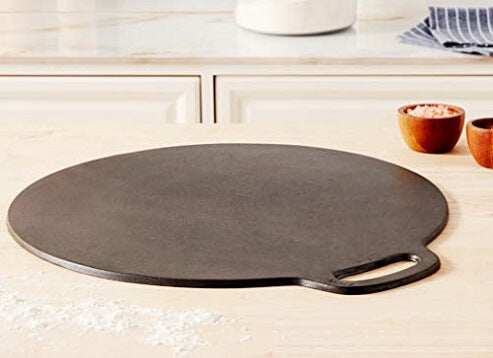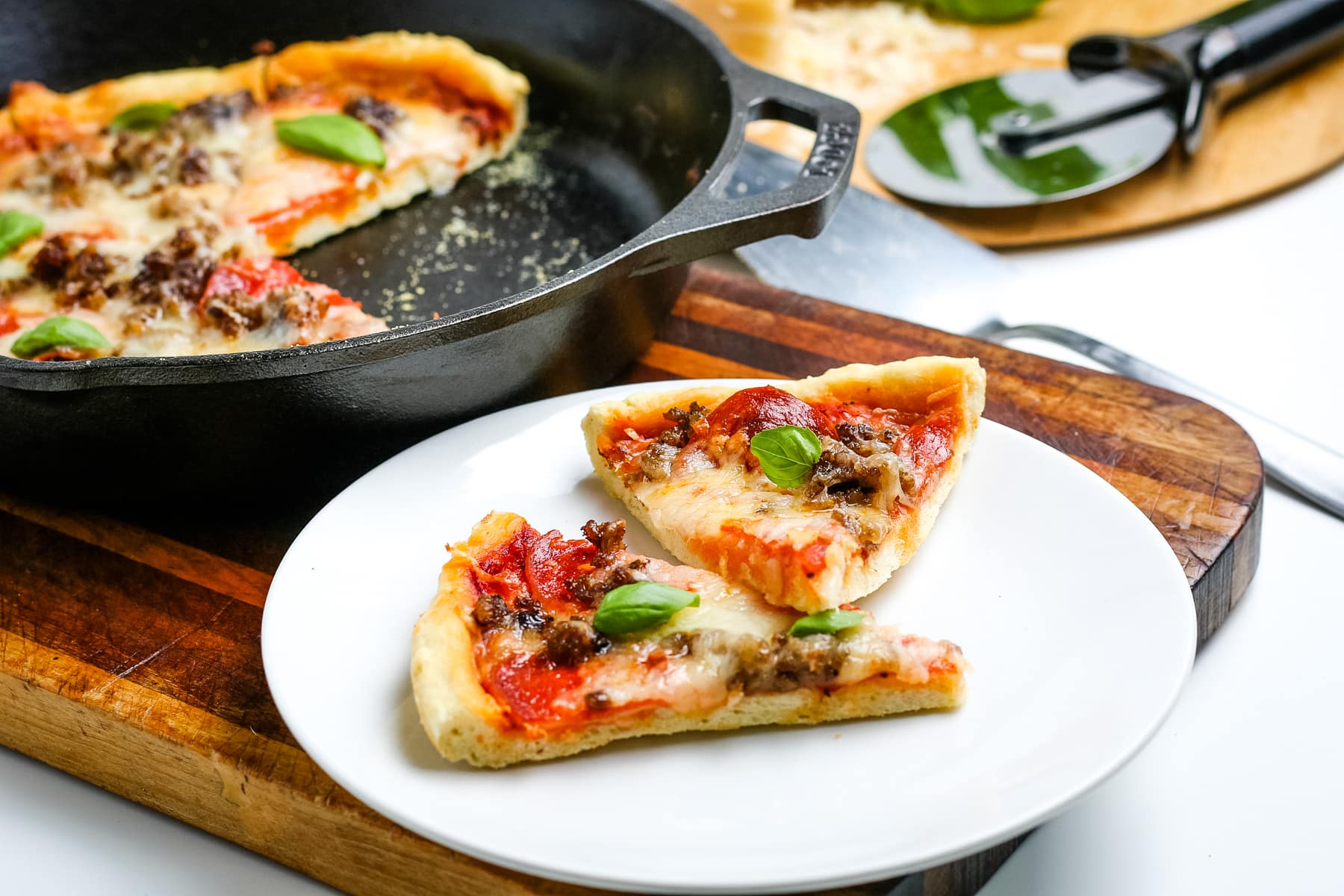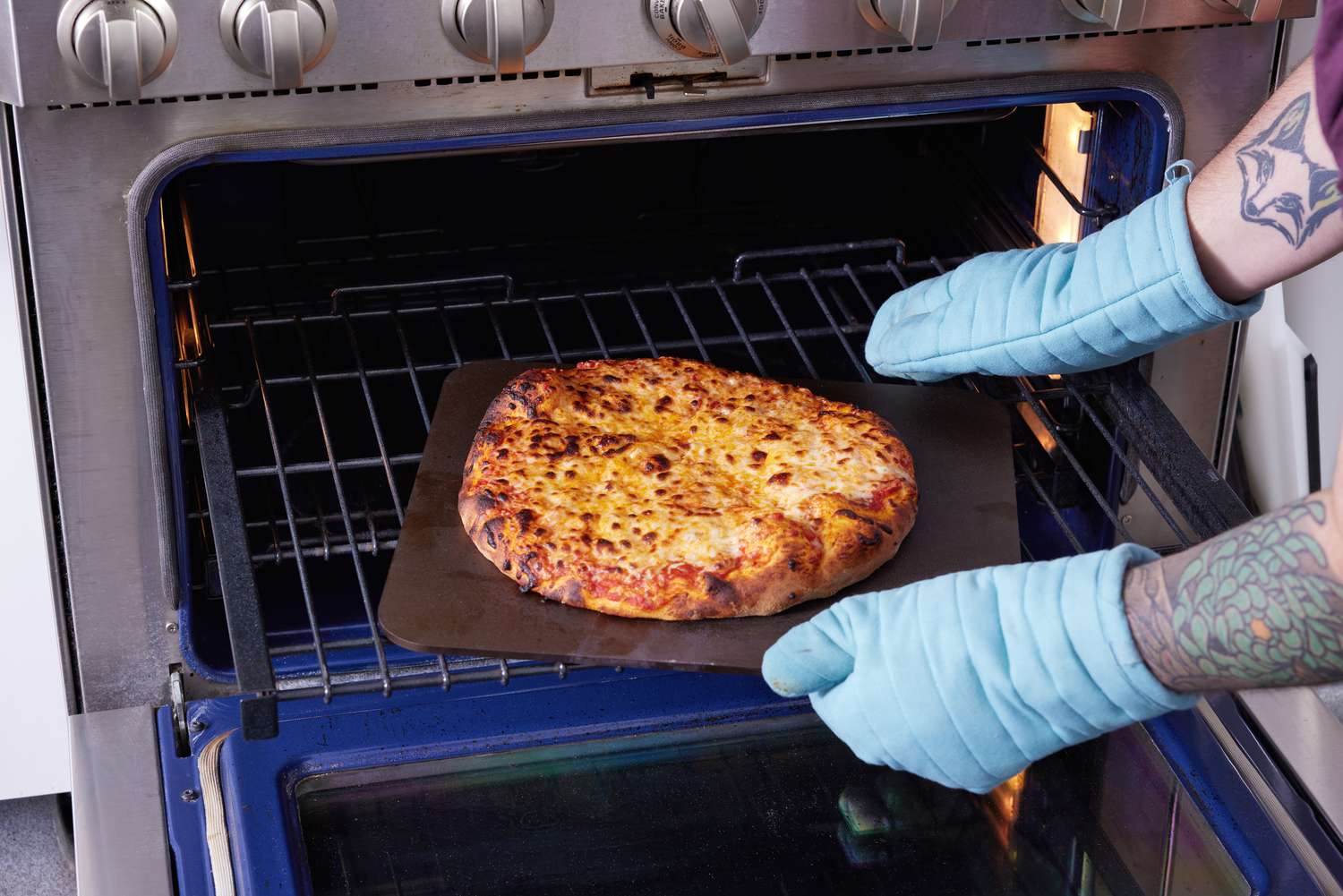For every kitchen professional, mastering the nuances of a baking stone is essential to creating exceptional baked goods. Whether it's for artisanal breads or gourmet pizzas, understanding the optimal temperature for your baking stone can elevate your culinary creations to new heights. The baking stone temperature guide aims to unravel the mystery of perfect temperature settings, ensuring that every dish is baked to perfection.

Why Temperature Matters in Baking
Temperature plays a pivotal role in the baking process, influencing everything from texture to flavor. A baking stone, often made of ceramic or cordierite, requires the correct heat to function optimally. The primary keyword, 'baking stone temperature guide,' is crucial for professional chefs who need to maintain consistency across a variety of baked goods.
Choosing the Right Temperature for Your Baking Stone
A typical baking stone should be preheated at a temperature of around 475F to 500F for optimal results. However, this can vary depending on the specific recipe and dough being used. For instance, understanding what a baking stone is can significantly affect how you adjust these temperatures.
More sensitive doughs such as croissants may require a slightly lower temperature, whereas pizzas demand the stone be as hot as possible to achieve that coveted crispy crust. Additionally, professional chefs often employ different stones for different purposes, each with its unique thermal conductivity and recommendation detailed in a comprehensive guide to pizza stones.
Specifics of Preheating
Preheating is a universal step in the baking stone temperature guide. Ensure your stone is well-heated by placing it on a middle or lower rack of your oven. Depending on the thickness of your stone, the preheating time may range from 30 to 60 minutes. The lengthier the preheat, the more even and thorough the heat distribution.
Professional kitchens might consider investing in premium stones that hold higher temperatures longer and heat evenly. Explore various best baking stones to find one that suits your culinary needs.
Maintaining Optimal Temperature Within the Oven
Keeping your oven at the right temperature is crucial, especially when frequently opening the oven door, which leads to heat loss. To combat this, professional chefs might use oven thermometers to monitor and maintain precise temperatures throughout the baking process. Insights from a home cooking guide emphasize constant vigilance in temperature.
Troubleshooting Common Issues
Uneven browning, undercooked bases, or burn crusts are common issues faced when using baking stones versus pizza steels. Monitoring oven temperature, using aluminum foil as a heat shield, and experimenting with stone placements are all effective strategies to resolve these issues. Frequent use and practice, based on this baking stone temperature guide, will also hone your skills over time.

FAQs About Baking Stone Temperature
What temperature should I preheat my baking stone to for pizza?
Generally, it's best to preheat your baking stone to between 475F to 500F for pizza, but always follow specific recipe guidelines for optimal results.
Why is my baked good not browning evenly?
Uneven browning may occur due to uneven stone heat distribution or inconsistent oven temperatures. Ensuring proper preheating can mitigate this issue.
Can I use a baking stone for breads and pastries?
Absolutely. A baking stone provides even heat distribution for breads and pastries, similar to professional baking environments.
Mastering the intricacies of baking stones allows kitchen professionals to produce consistently outstanding results. For further learning, explore how to use a baking stone effectively, or consult seasoned professionals' insights to enhance your culinary repertoire.
This article contains affiliate links. We may earn a commission at no extra cost to you.






Leave a comment
This site is protected by hCaptcha and the hCaptcha Privacy Policy and Terms of Service apply.